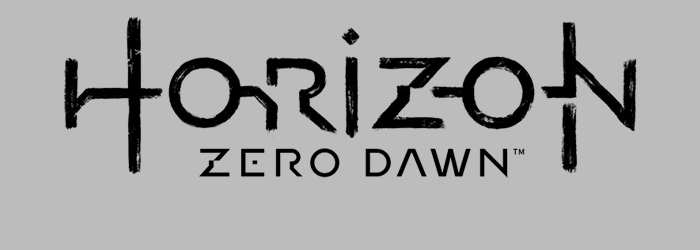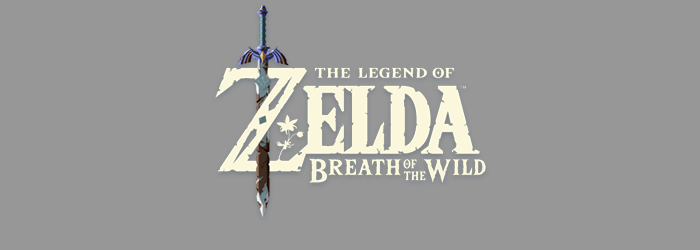- Genre: ARPG/Third Person Shooter
- Platform: PS4
- Also Available On: PC (Origin), Xbox One
I’ll be the first to admit that I thought the original Mass Effect trilogy was not as good as most people thought it was. While I definitely enjoyed the games, they always struck me as being solid, but not overwhelmingly good ARPGs. Their combat was always the high point for me, but I never considered it up there with the quality of a typical Bioware title, let alone even being their best sci-fi series. With that being said, you can expect that I came into this with a lot lower expectations than a lot of the general internet public, and I suspect my impressions of Andromeda will also follow that.
It’s somewhat appropriate that this is the first Mass Effect that the newer Montreal team is working on, as in a lot of ways, this game follows a similar pattern to the original Mass Effect. It’s very distinctly a start to something bigger that will be established in future titles. The story starts to establish a lot of starting threads, but only hints at the larger problems that future games will definitely establish. The gameplay has also leaned back toward the original, with a lot more emphasis on exploration of open environments while travelling around in a vehicle, rather than the more structured linear levels that the later games started to head towards. At the same time, it shows a lot of rough edges like the original that I can only assume will be worked out as the team gets their feet under them on titles of such large scope. So, in the end is the game actually good?
The core combat is definitely a high point here. The core of the combat is still there from the original trilogy, with the core third-person shooter elements backed up by the use of biotic and tech-based powers. Like the originals, the skills are earned and powered up via skill points given when leveling up. Where I think things start to depart is that the Montreal team has leaned even heavier into the action elements that the first game sometimes had a tendency to avoid.
There’s no longer options at all to pause and aim mid-combat, so there is significantly less time spent in menus queuing up skills. These are now loaded into profiles that can be hot-swapped, allowing you to setup a number of preset configurations based on what style of loadout you need. It also felt like there was a much larger emphasis on dodge and cover mechanics, with enemies flanking me within encounters, leading me to jump between cover on the fly as I was picking off enemy targets.
Especially important is that the guns feel fantastic. The weapons I used felt like they were appropriately powerful, with steady but manageable amounts of recoil, stat-modifiable accuracy, and obvious power. I largely did a soldier main-class build, so most of my upgrades were in supporting weapon damage and my own defense stats, so my main emphasis wasn’t on heavy use of skills, but in finding weapons that I was able to quickly and efficiently remove targets from the encounters. While I ended up finding a handful of favorite weapon types that I was most comfortable with, each weapon category had a large variety of individual types. For example, assault rifles had anything from high rate of fire pray and spray weapons, to small magazine burst fire, to single-shot pseudo rifles. This variety extended through the other types as well, so I’d imagine it would be hard to not find some weapons you like, whether you want to use sniper rifles to pick off enemies from a distance, or shotguns to get up close for big damage. Also worth noting is that you can hybridize a lot of weapons through mods, adding anything from scopes to stabilizers to bring aspects of your favorites to other weapons.
Where things really started to lose their shine was when I was out of combat. While the core lore surrounding the Andromeda galaxy was interesting, the individual character interactions ranged from simply being decent to being downright bad. The voice acting in general was all over the place, with a lot of the larger moments accentuated by lifeless voiceovers. It’s also worth noting that the larger internet complaints about the facial animations are pretty accurate. I’m not going to fault the team that much for going with a more procedural-based animation system given the scope of the game, but it’s pretty clear the system could have used some more time cooking. It also didn’t help them that Frostbite games in general have never handled facial animation that well (seriously, take a look at Mirror’s Edge Catalyst), and you can really see the weakness of the engine in trying to handle heavily story-based content.
The lack of polish also extends to the UI. There’s a number of places where the UI flow just did not work well at all. Crafting was generally a chore, having to first learn recipes, then back out to a different screen to craft them. Comparing items within the inventory was a crap shoot at best. The scanning of worlds within the galaxy map was an extremely slow process, despite the inclusion of a cutscene skip button within the last patch. This is on top of the fact that pretty much any of the game’s soft locks that I ran into happened because the UI would get into a bad state and block input into other areas. I’ve heard from more than one developer that this is not an uncommon problem with Frostbite, so again this goes back to an unfortunate situation where the engine seems to not really be ready for this kind of large scale single-player experience.
In the end my opinion of Andromeda is really not much different than my opinion of the original trilogy. Without a doubt this game has some rough edges, and definitely should have had another 3-6 months to clean some things up. That said, I absolutely enjoyed the experience, and got 50 hours out of it before hitting the end of the game. If there’s anything that I think is unfortunate about the situation, it’s that the team was probably stuck between a rock and a hard place here. EA very likely mandated release in March to beat the end of their fiscal year. They also definitely mandated the use of Frostbite 3 over UE3 or UE4, so there was a complete loss of knowledge of the toolset used to make the original trilogy.
Hopefully by the time Andromeda 2 comes out, development will be a bit cleaner, but at least for now we’re starting off in a place where things can grow into something great. If nothing else, they can lean on the combat systems they’ve built and go from there.


